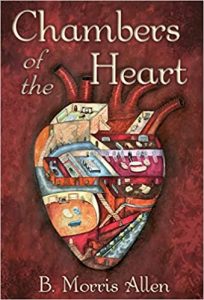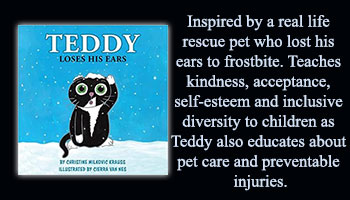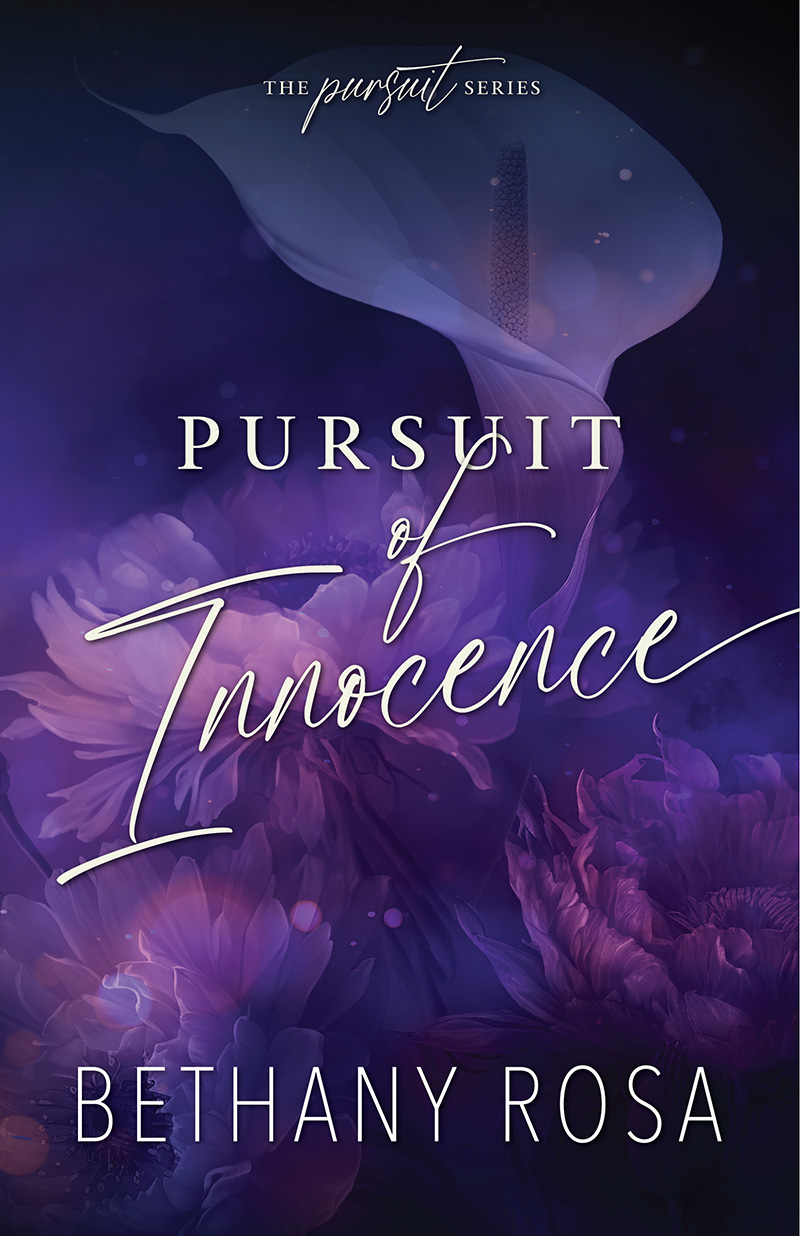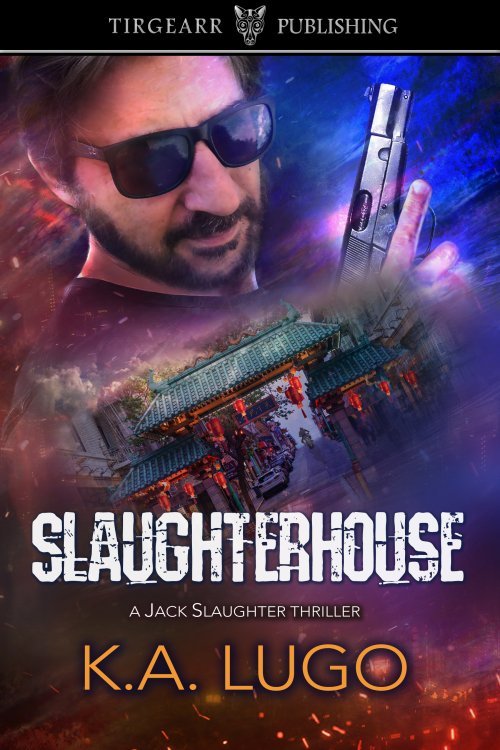Chambers of the Heart: speculative stories by B. Morris Allen
Publisher: Plant Based Press
Genre: Sci-Fi/Fantasy, LGBTQ
Rating: 3 Stars
Reviewed by AstilbeA heart that’s a building, a dog that’s a program, a woman who’s sinking irretrievably – stories about love, loss, and motion. A collection of speculative stories from author and editor B. Morris Allen.
Chambers of the Heart – it’s hard, living in someone’s heart
Building on Sand – how to choose between children
Blush – when everyone else wears a mask, what’s it like to bare your face?
Minstrel Boy Howling at the Moon – magic, music, and … buffalo?
Fetch – she may be a simulation, but out on the edge, she’s one man’s best friend
The Humblebract Expedition – even dying children like to play
When Dooryards First in the Lilac Bloomed – a doorway to opportunity and change, if only humans can understand it
Some Sun and Delilah – a sunny island, an abandoned temple, and thoug
Crying in the Salt House – the house is built from tears, or so they say
Full of Stars – jar half empty, jar half full
Memory and Faded Ink – the aliens are perfectly human … and just as flawed
Fountainhead – arranged meetings never work, especially with different species
Adaptations to Coastal Erosion – when your spouse is literally falling away from you
Outburst – Earth is dead, except for a few teens on a decaying orbital
The Irrigation Ditch – they came to hide, but didn’t realize it was from each other
Dragons I Have Slain – take hope where you find it
Nostalgia comes in many forms.
“The Humblebract Expedition” introduced two characters who were dying of the same disease and showed how the older one was paid to make the last few weeks of the younger one’s life as fun as possible. This was an unusual premise that made me question what their definitions of the term fun would be and how two terminally ill characters would make the most of the time they had left. What surprised me most about it was how cheerful most of the storyline was even though the audience knew from the opening scene that the likelihood of a happy ending for everyone was small. The ending was perfectly suited to everything that had come before it, too.
It only took a few pages for the horror themes in “Crying in the Salt House” to reveal themselves. The idea of children being forced to mine salt for years on end made me shudder, especially once the author dug more deeply into why this was allowed to occur and what the man who had gained guardianship of all of them hoped to accomplish with his work. I did find myself wishing for better explanations of why this was all allowed to happen. Horror is scarier to me when the antagonist has wide community support for the frightening things he or she does. In this case, I knew almost nothing about the world outside of those dry and dangerous mines, so it was difficult to understand why the characters didn’t put more effort into running away or seeking help from sympathetic outsiders if there was any chance at all of their efforts paying off. This was a pattern that repeated itself with some of the other stories in this collection as well. A little more explanation can go a long way in showing the audience why certain choices are probably the most logical ones for a character to take.
Normally, I’d expect to read about an explosion that killed the protagonist’s parents, sibling, and friends in the climax of a tale instead of it being referred to as a previous event in the opening sentence of it. The author’s willingness to begin after such a tragic event made me wonder what other surprises might be in store for the main character. I was pleased with what I discovered after that first sentence. One danger may have passed, but nobody was safe quite yet. There was never a point that felt like a calm moment to stop reading and take a break. That’s the sort of science fiction that grabs my attention, and I enjoyed the adrenaline rush I received from reading it.
Chambers of the Heart: speculative stories made me curious to read more from this author.























